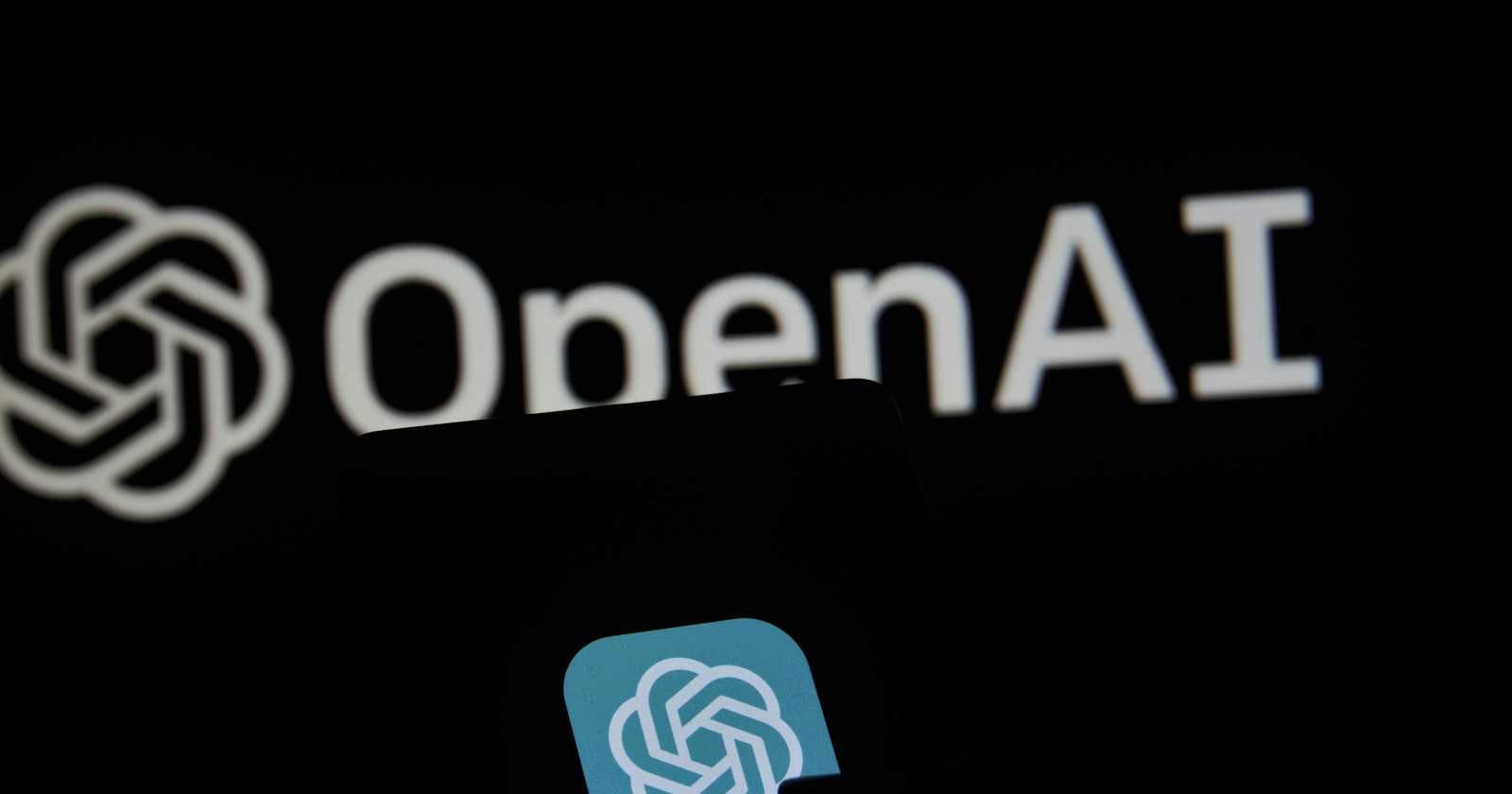
Photo by Mojahid Mottakin on Unsplash
Understanding the Differences between Machine Learning (ML), Deep Learning (DL), and Generative AI
In today's rapidly evolving technological landscape, terms like Machine Learning (ML), Deep Learning (DL), and Generative AI are often used interchangeably, leading to confusion among newcomers and enthusiasts alike. However, each of these fields represents distinct branches within the broader realm of artificial intelligence (AI), with unique principles, methodologies, and applications. In this blog, we'll delve into the key differences between ML, DL, and Generative AI to provide clarity on their roles and functionalities.
Machine Learning (ML):
Machine Learning is a subfield of artificial intelligence that focuses on developing algorithms capable of learning from data and making predictions or decisions based on that data. ML algorithms are designed to recognize patterns, extract insights, and make predictions without being explicitly programmed for each task. The primary goal of ML is to enable machines to learn from experience and improve their performance over time.
Key Characteristics of ML:
Supervised, Unsupervised, and Reinforcement Learning: ML encompasses various learning paradigms, including supervised learning (where models learn from labeled data), unsupervised learning (where models find patterns in unlabeled data), and reinforcement learning (where models learn to make decisions by interacting with an environment and receiving feedback).
Feature Engineering: Feature engineering is a crucial aspect of ML, involving the selection, transformation, and creation of relevant features from raw data to improve model performance.
Model Evaluation: ML models are evaluated based on metrics such as accuracy, precision, recall, and F1 score to assess their performance on unseen data.
Deep Learning (DL):
Deep Learning is a subset of machine learning that focuses on building and training neural networks with multiple layers (hence the term "deep"). DL algorithms are inspired by the structure and function of the human brain and are capable of learning complex representations from raw data. Deep learning has gained prominence in recent years due to its remarkable success in tasks such as image recognition, natural language processing, and speech recognition.
Key Characteristics of DL:
Neural Networks: Deep learning relies on artificial neural networks, which are composed of interconnected nodes (neurons) arranged in layers. Each layer performs operations on the input data and passes the output to the next layer, allowing for hierarchical feature extraction.
Automatic Feature Extraction: Unlike traditional machine learning, deep learning models can automatically learn hierarchical representations of data, eliminating the need for manual feature engineering in many cases.
Large-Scale Data: Deep learning models require large amounts of labeled data to effectively learn complex patterns and representations. The availability of big data and advances in computing power have fueled the success of deep learning algorithms.
Generative AI:
Generative AI is a branch of artificial intelligence focused on creating models that can generate new, synthetic data samples that resemble real-world data. These models, known as generative models, learn the underlying probability distribution of the training data and can generate new samples that capture the statistical characteristics of the original data. Generative AI has applications in image generation, text generation, music composition, and more.
Key Characteristics of Generative AI:
Generative Models: Generative AI techniques include a variety of generative models such as Generative Adversarial Networks (GANs), Variational Autoencoders (VAEs), and Autoregressive Models. These models can generate new data samples by sampling from the learned probability distribution.
Creative Applications: Generative AI enables creative applications such as image synthesis, style transfer, and text generation. These models can generate realistic images, modify the style of existing images, and generate coherent text passages based on input prompts.
Ethical Considerations: The use of generative AI raises ethical considerations related to the potential misuse of synthetic data for malicious purposes, the generation of deepfakes, and the impact on privacy and security.
Machine Learning, Deep Learning, and Generative AI represent distinct but interconnected fields within the broader landscape of artificial intelligence. While machine learning focuses on learning patterns from data and making predictions, deep learning extends this capability by learning hierarchical representations from complex data. Generative AI, on the other hand, enables the creation of new, synthetic data samples that resemble real-world data. By understanding the differences between these fields, we can better appreciate their unique contributions and potential applications in solving real-world problems and advancing the field of artificial intelligence.

